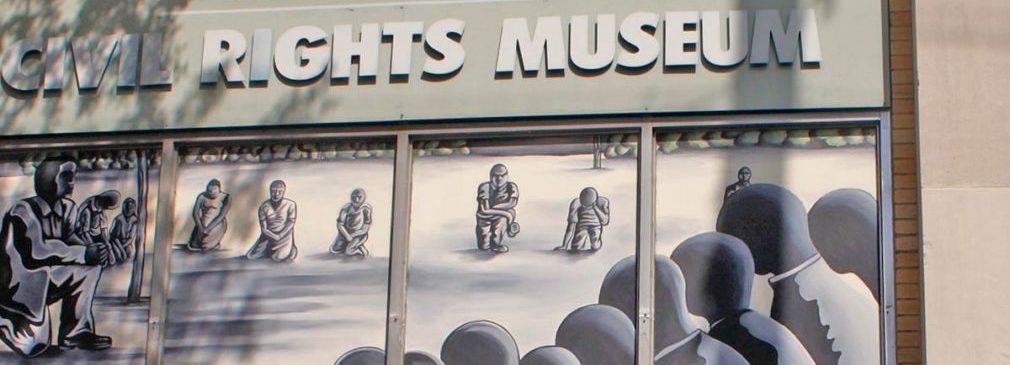
Share
If you’re heading south for snowbird season, take some time to visit these important Savannah sites during Black History Month.
Every February, our nation celebrates the myriad contributions black people have made to the American legacy. Though our annual Black History Month seems like an age-old tradition, it’s a relatively recent fixture in American society. According to the Association for the Study of African American Life and History, the precursor to this tribute dates back to the 1926.
That year, Harvard-educated Dr. Carter G. Woodson, who founded the ASALH, announced the first Negro History Week, which coincided with the February birthdays of Abraham Lincoln and Frederick Douglass. Half a century later, President Gerald Ford recognized the first official Black History Month in February 1976. Since then, the UK, Canada and the Netherlands have followed suit with their own annual celebrations of black history.
Today, Black History Month recalls certain locations: Selma, Atlanta and Montgomery. While these historic hubs are undoubtedly worth visiting this month, there are other locations that offer a rich and memorable encounter with the living history of African-American people – Savannah, Georgia being one of them. The fabric of the Hostess City’s storied past is woven with telling signs of the plight and progress of black people through the decades.
First African Baptist Church
Your self-guided Black History tour through Savannah starts in Franklin Square at First African Baptist Church. Constituted in 1777, FABC may very well be the oldest black church in North America. It stands today as a testament to the perseverance and piety of Savannah’s black populations and is still attended by an active congregation. The church is an important landmark because of its exceptional history and involvement with the Underground Railroad. FABC clergy helped runaway slaves escape to the North. The church’s Nine-Patch Quilt Ceiling, a symbol long-associated with the Underground Railroad, can still be seen today.
The floorboards of the church’s lower sanctuary feature holes arranged in the shape of an African prayer symbol, the BaKongo Cosmogram. The holes may have provided breathing air for escaping slaves who hid in a passage beneath. In addition to the ceiling and the floors, the light fixtures, baptismal pool and several pews are all original to the church. Guests can tour the landmark Tuesday through Sunday each week. It’s well worth the visit.
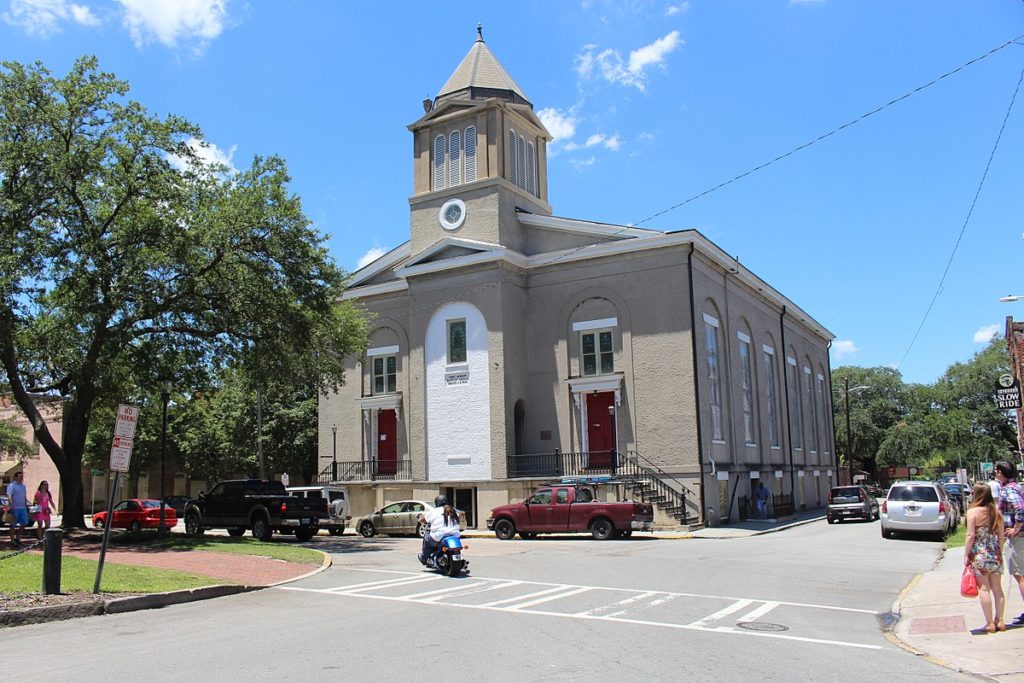
Haitian Monument
A few steps from FABC, in the center of Franklin Square, you’ll find the Haitian Monument. A little-known fact, Haitian soldiers contributed to the American fight in the Revolutionary War. Being the only colonized nation to execute a successful slave revolt, Haiti was a friend to the spirit of revolution. The Haitian volunteer regiment known as Chasseurs-Volontaires de Saint-Domingue fought for America in the Siege of Savannah during the war. The Haitian regiment was never formally recognized by the US, but Savannah installed the monument to commemorate their gallant service.
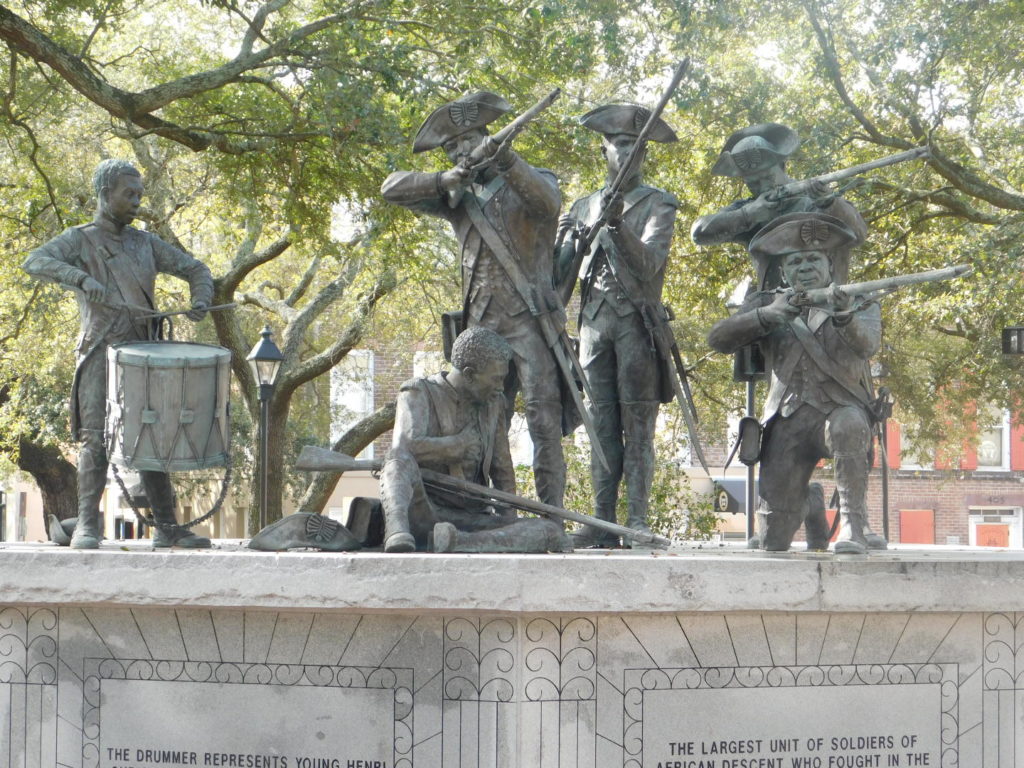
Ralph Mark Gilbert Civil Rights Museum
Ralph Mark Gilbert was an influential architect of Savannah’s local civil rights movement. Having pastored FABC from 1939 to 1956, he was a prominent faith leader who also served as president of the local NAACP branch and the Citizens Democratic Club. Gilbert’s numerous contributions to Savannah society are chronicled in the museum of his namesake.
Duly located on MLK Boulevard, the Ralph Mark Gilbert Civil Rights Museum provides a detailed account of the regional civil rights movement through photographic and interactive exhibits. The museum also houses a sizeable curation of period artifacts and an inspiring library of works by African-American authors.
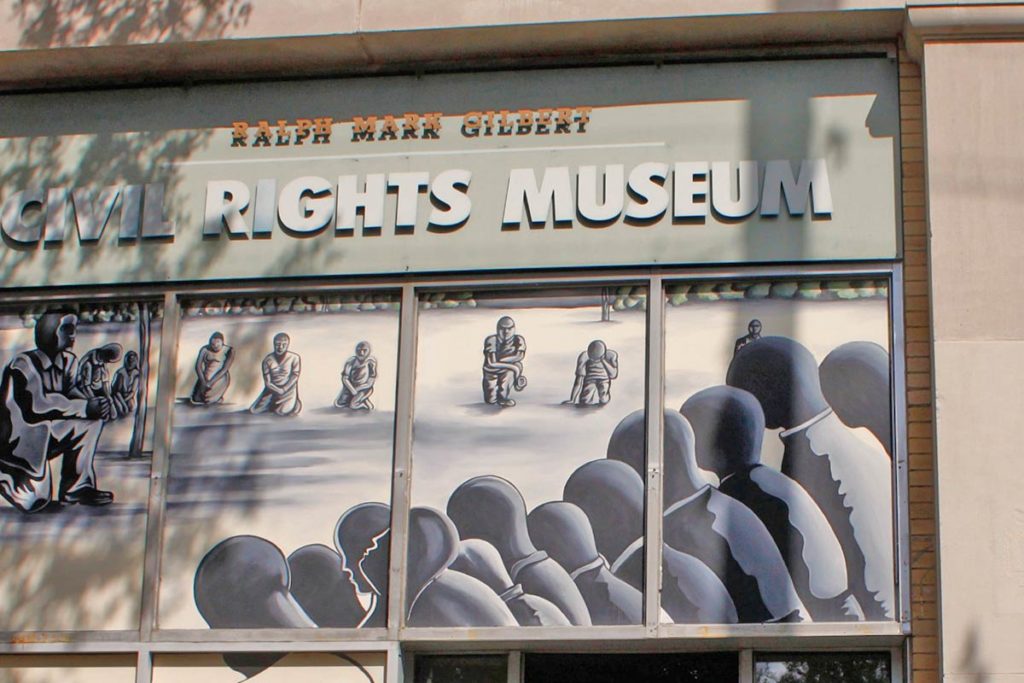
Owens-Thomas House and Slave Quarters
Built in 1819 by a wealthy cotton planter, the Owens-Thomas House is an architectural marvel that provides a clear portrait of racial socioeconomic divide in the 19th-century South. The prodigious estate features period artifacts and convincing replicas that convey the excess enjoyed by successful slave-owners of the time. The on-site slave quarters are a stark contrast to that decadence. The quarters are among the oldest that remain today, providing a sobering glimpse into the domestic life of slaves.
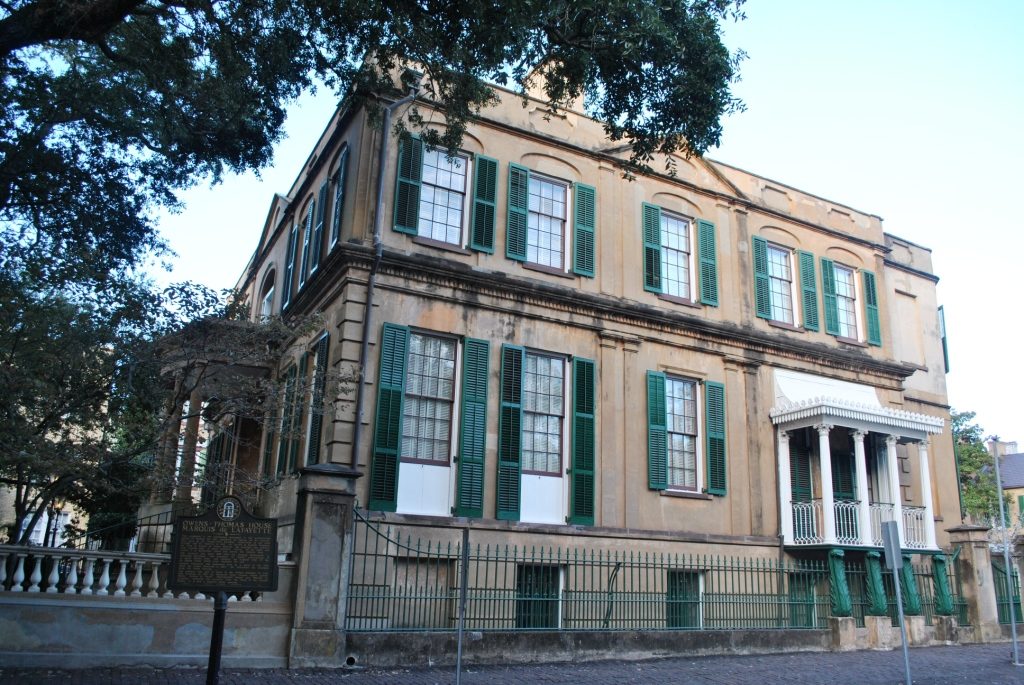
River Street Monument
Installed in 2002, River Street’s African-American Monument is relatively new, but it tells a story that spans 200 years. Savannah’s iconic River Street is heralded for its beauty and commercial relevance, but this was a sad place for the slaves who worked there. For this reason, it’s fitting that the monument is installed here. The monument depicts a family of four uplifted in embrace with the chains of slavery broken at their feet. It’s an important reminder of the challenges that Savannah’s black populations have overcome.
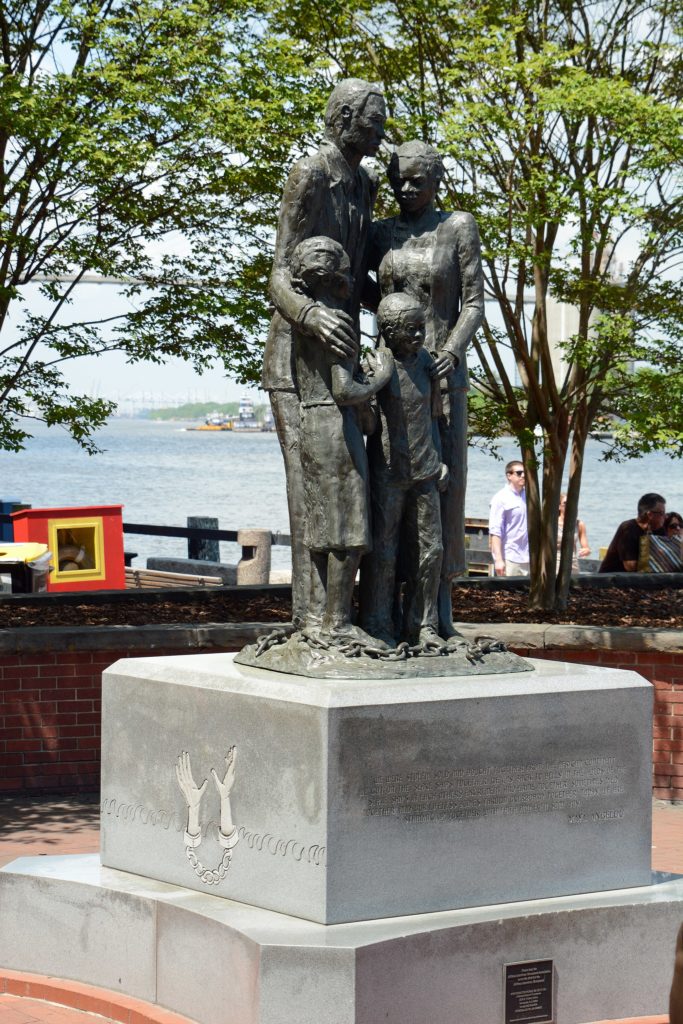
Chantel Baul is a nomad with a knack for writing and an ever-growing curiosity. She’s also proud Army Officer and an NPR nerd with a deep passion for all things travel, sustainable living and adventure. Read more of her work at Chantel’s portfolio and follow her on Twitter.













